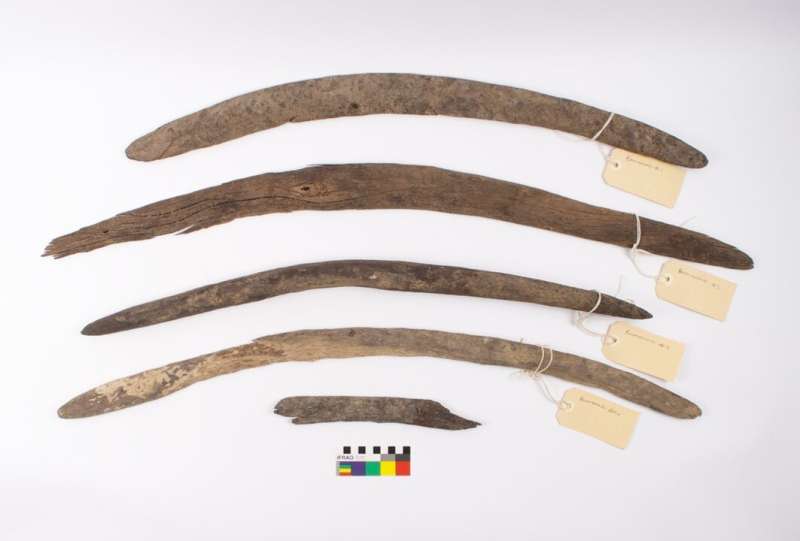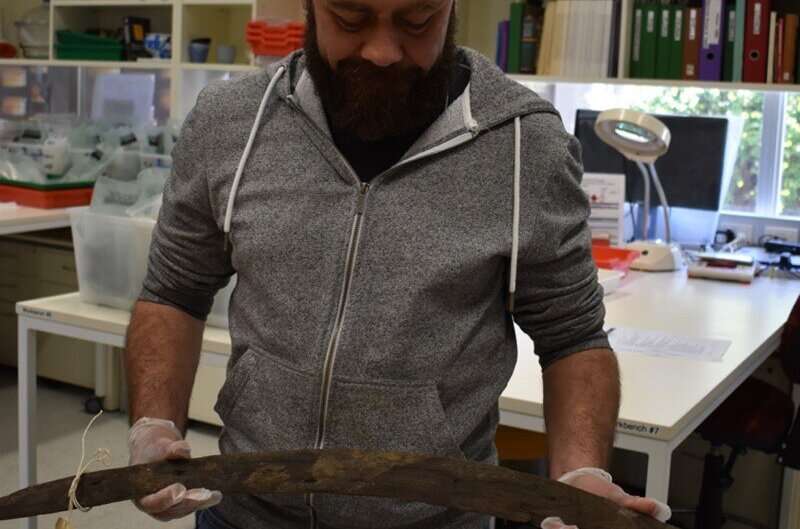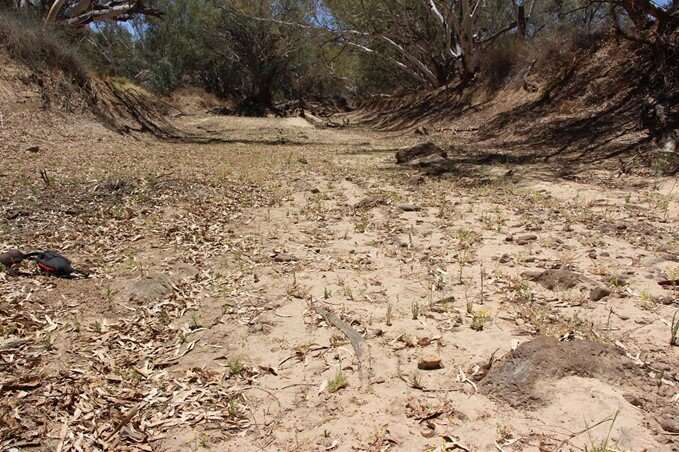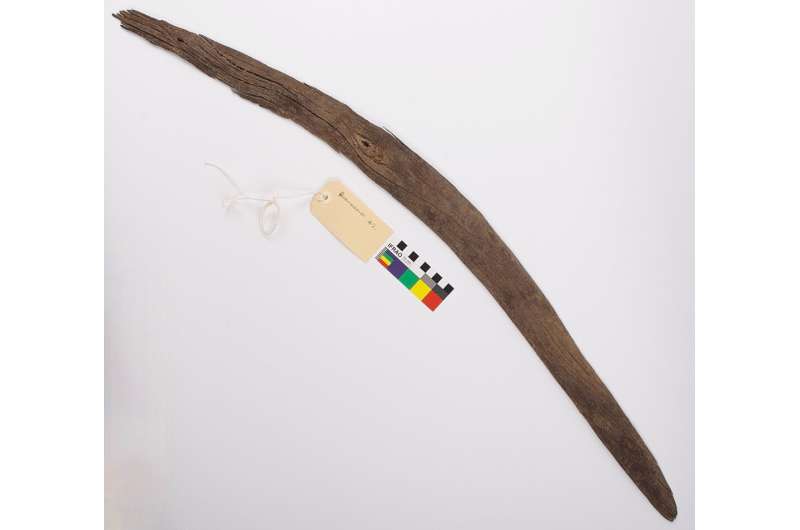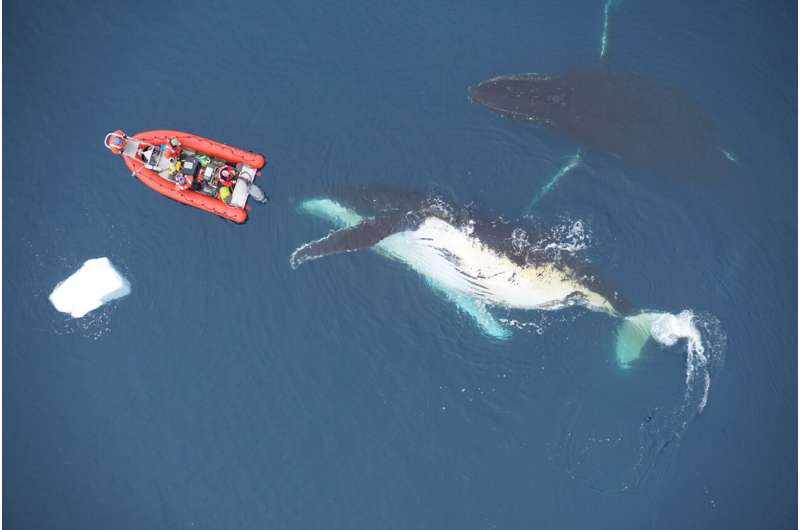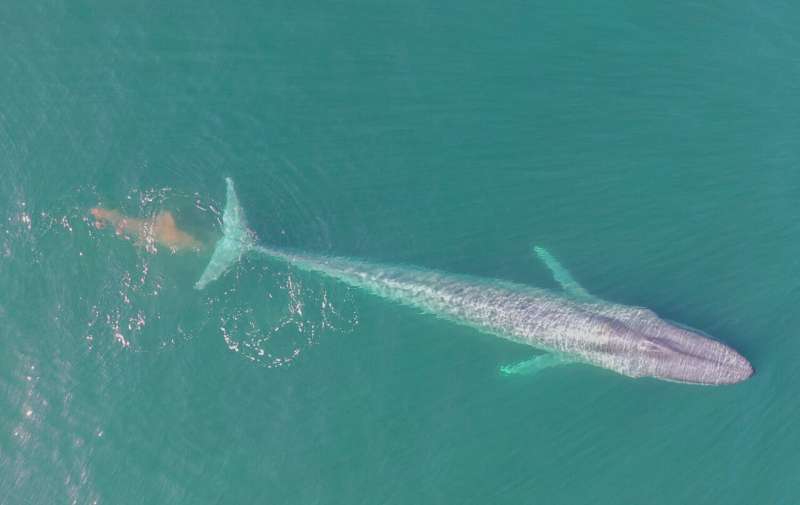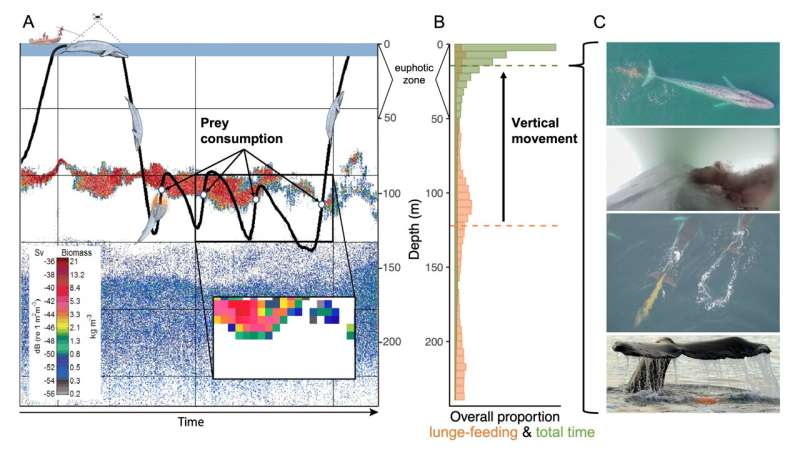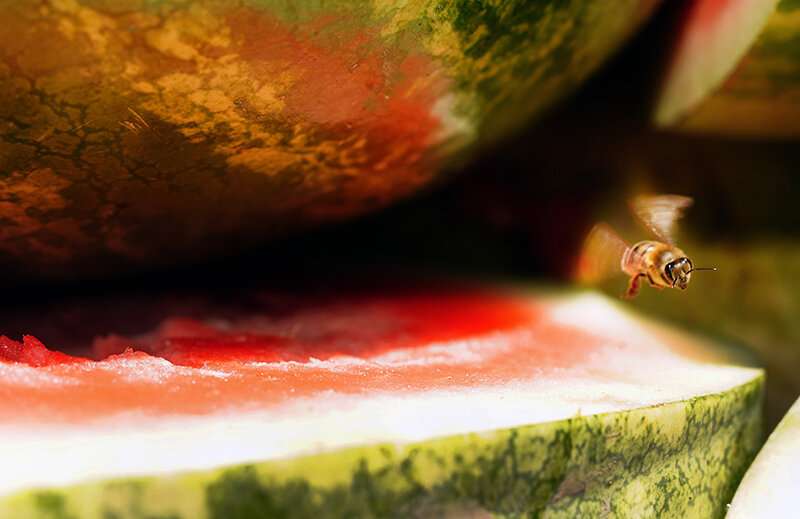Autonomous robotic rover helps scientists with long-term monitoring of deep-sea carbon cycle and climate change
IMAGE: MBARI'S BENTHIC ROVER II TRAVELS ACROSS THE MUDDY SEAFLOOR, TAKING PHOTOGRAPHS AND MEASURING HOW MUCH OXYGEN BOTTOM-DWELLING ANIMALS AND MICROBES ARE USING OVER TIME. THE INFORMATION GATHERED BY THIS AUTONOMOUS ROVER HAS HELPED SCIENTISTS UNDERSTAND HOW CARBON CYCLES FROM THE SURFACE TO THE SEAFLOOR. view more
CREDIT: © 2016 MBARI
The sheer expanse of the deep sea and the technological challenges of working in an extreme environment make these depths difficult to access and study. Scientists know more about the surface of the moon than the deep seafloor. MBARI is leveraging advancements in robotic technologies to address this disparity.
An autonomous robotic rover, Benthic Rover II, has provided new insight into life on the abyssal seafloor, 4,000 meters (13,100 feet) beneath the surface of the ocean. A study published today in Science Robotics details the development and proven long-term operation of this rover. This innovative mobile laboratory has further revealed the role of the deep sea in cycling carbon. The data collected by this rover are fundamental to understanding the impacts of climate change on the ocean.
“The success of this abyssal rover now permits long-term monitoring of the coupling between the water column and seafloor. Understanding these connected processes is critical to predicting the health and productivity of our planet engulfed in a changing climate,” said MBARI Senior Scientist Ken Smith.
Despite its distance from the sunlit shallows, the deep seafloor is connected to the waters above and is vital for carbon cycling and sequestration. Bits of organic matter—including dead plants and animals, mucus, and excreted waste—slowly sink through the water column to the seafloor. The community of animals and microbes on and in the mud digests some of this carbon while the rest might get locked in deep-sea sediments for up to thousands of years.
The deep sea plays an important role in Earth’s carbon cycle and climate, yet we still know little about processes happening thousands of meters below the surface. Engineering obstacles like extreme pressure and the corrosive nature of seawater make it difficult to send equipment to the abyssal seafloor to study and monitor the ebb and flow of carbon.
In the past, Smith and other scientists relied on stationary instruments to study carbon consumption by deep seafloor communities. They could only deploy these instruments for a few days at a time. By building on 25 years of engineering innovation, MBARI has developed a long-term solution for monitoring the abyssal seafloor.
“Exciting events in the deep sea generally occur both briefly and at unpredictable intervals, that’s why having continuous monitoring with Benthic Rover II is so crucial,” explained Electrical Engineering Group Lead Alana Sherman. “If you’re not watching all the time, you’re likely to miss the main action.”
Benthic Rover II is the result of the hard work of a collaborative team of MBARI engineers and scientists, led by Smith and Sherman.
Engineers at MBARI designed Benthic Rover II to handle the cold, corrosive, and high-pressure conditions of the deep sea. Constructed from corrosion-resistant titanium, plastic, and pressure-resistant syntactic foam, this rover can withstand deployments up to 6,000 meters (about 19,700 feet) deep.
“In addition to the physical challenges of operating in these extreme conditions, we also had to design a computer control system and software reliable enough to run for a year without crashing—nobody is there to press a reset button,” explained MBARI Electrical Engineer Paul McGill. “The electronics also have to consume very little power so that we can carry enough batteries to last for a year. Despite all it does, the rover consumes an average of only two watts—about the same as an iPhone.”
Benthic Rover II is about the size of a small car—2.6 meters (8.5 feet) long, 1.7 meters (5.6 feet) wide, and 1.5 meters (4.9 feet) high—and treads gently over the muddy bottom on a pair of wide, rubber tracks.
Researchers deploy Benthic Rover II from MBARI’s vessel, the R/V Western Flyer. The ships’ crew gingerly lowers the rover into the water and releases it to free-fall to the ocean floor. It takes the rover about two hours to reach the bottom. Once it lands on the seafloor, the rover can begin its mission.
First, sensors check the currents flowing along the seafloor. When they detect favorable currents, the rover moves up or across the current to reach an undisturbed site to begin collecting data.
Cameras on the front of the rover photograph the seafloor and measure fluorescence. This distinctive glow of chlorophyll under blue light reveals how much “fresh” phytoplankton and other plant debris has landed on the seafloor. Sensors log the temperature and oxygen concentration of the waters just above the bottom.
Next, the rover lowers a pair of transparent respirometer chambers that measure the oxygen consumption of the community of life in the mud for 48 hours. As animals and microbes digest organic matter, they use oxygen and release carbon dioxide in a specific ratio. Knowing how much oxygen those animals and microbes use is crucial for understanding carbon remineralization—the breakdown of organic matter into simpler components, including carbon dioxide.
After 48 hours, the rover raises the respirometer chambers and moves 10 meters (32 feet) forward, careful not to cross its previous path, and selects another site to sample. It repeats this sampling pattern over and over for the duration of deployment, typically a full year.
At the end of each deployment, the R/V Western Flyer returns to recover the rover, download its data, swap out its battery, and return it to the deep seafloor for another year. Within each year-long deployment, the MBARI team launches another autonomous robot—the Wave Glider—from shore to return quarterly to check on Benthic Rover II’s progress. “The rover can’t communicate with us directly to tell us its location or condition, so we send a robot to find our robot,” explained McGill. An acoustic transmitter on the Wave Glider pings the rover on the seafloor below. The rover then sends status updates and sample data to the glider overhead. The glider then transmits that information to researchers on shore via satellite.
“Data from the Benthic Rover II have helped us quantify when, how much, and what sources of carbon might be sequestered, or stored, in the abyssal seafloor,” said MBARI Senior Research Specialist Crissy Huffard.
For the past seven years, Benthic Rover II has been continuously operational at Station M, an MBARI research site located 225 kilometers (140 miles) off the coast of central California. Station M lies 4,000 meters (13,100 feet) below the ocean’s surface—as deep as the average depth of the ocean—making it a good model system for studying abyssal ecosystems.
Over the past 32 years, Smith and his team have constructed a unique underwater observatory at Station M. Benthic Rover II and a suite of other instruments operate there 24 hours a day, seven days a week, for a full year without servicing.
“The rover’s reliable performance over seven years, spending 99 percent of its life on the seafloor, is a result of many years of testing, troubleshooting, and developing the best techniques to maintain the vehicle,” said Sherman. “It’s a great example of what’s possible when applying technology to challenging problems in science.”
Data collected at Station M show that the deep sea is far from static. Physical, chemical, and biological conditions can change dramatically over timescales ranging from hours to decades.
The surface waters of the California Current over Station M teem with phytoplankton in the spring and summer. These seasonal pulses in productivity cascade from the water column to the seafloor. Much of this sinking organic matter—known as “marine snow”—originated as carbon dioxide in the atmosphere.
Over the past decade, MBARI researchers have observed a dramatic increase in large pulses of marine snow falling to the seafloor at Station M. These episodic events account for an increasing fraction of the yearly food supply at this site. In seven years of operation at Station M, Benthic Rover II recorded significant weekly, seasonal, annual, and episodic events—all providing data that help MBARI researchers understand the deep-sea carbon cycle.
Between November 2015 and November 2020, Benthic Rover II recorded a substantial increase in the rain of dead phytoplankton and other plant-rich debris (phytodetritus) landing on the abyssal seafloor from the waters overhead. A decrease in the concentration of dissolved oxygen in the waters just above the deep seafloor accompanied this windfall of organic matter.
Traditional short-term monitoring tools would not have detected the fluctuations that drive long-term changes and trends. Benthic Rover II has revealed a more complete picture of how carbon moves from the surface to the seafloor.
“Benthic Rover II has alerted us to important short- and long-term changes in the deep sea that are being missed in global models,” underscored Huffard.
The success of Benthic Rover II and MBARI’s ongoing work at Station M highlight how persistent platforms and long-term observations can further our understanding of the largest living space on Earth. With more companies looking to extract mineral resources from the deep seafloor, these data also give valuable insights into the baseline conditions in areas under consideration for industrial development or deep-sea mining.
The ocean is also a crucial component in Earth’s carbon cycle and climate. The ocean and its biological communities are a sink for carbon dioxide. Burning fossil fuels, raising livestock, and clearing forests release billions of tons of carbon dioxide into our atmosphere every year. The ocean has buffered us from the worst impacts by absorbing more than 25 percent of this excess carbon dioxide. Facing a changing climate, understanding how carbon flows between the ocean’s sunlit surface and its dark depths is more important than ever.
About MBARI
MBARI (Monterey Bay Aquarium Research Institute) is a private non-profit oceanographic research center, founded by David Packard in 1987 focused on developing innovative technologies for exploring and understanding the ocean. The mission of MBARI is to advance marine science and technology to understand a changing ocean.
For additional information or images relating to this release, please email pressroom@mbari.org.
JOURNAL
Science Robotics
ARTICLE TITLE
Abyssal Benthic Rover: autonomous long-term monitoring of deep-ocean processes
ARTICLE PUBLICATION DATE
3-Nov-2021
